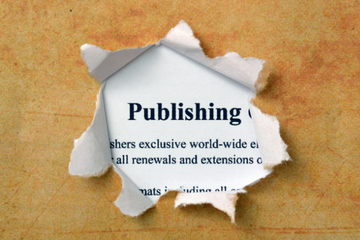Digital Thomas Nashe
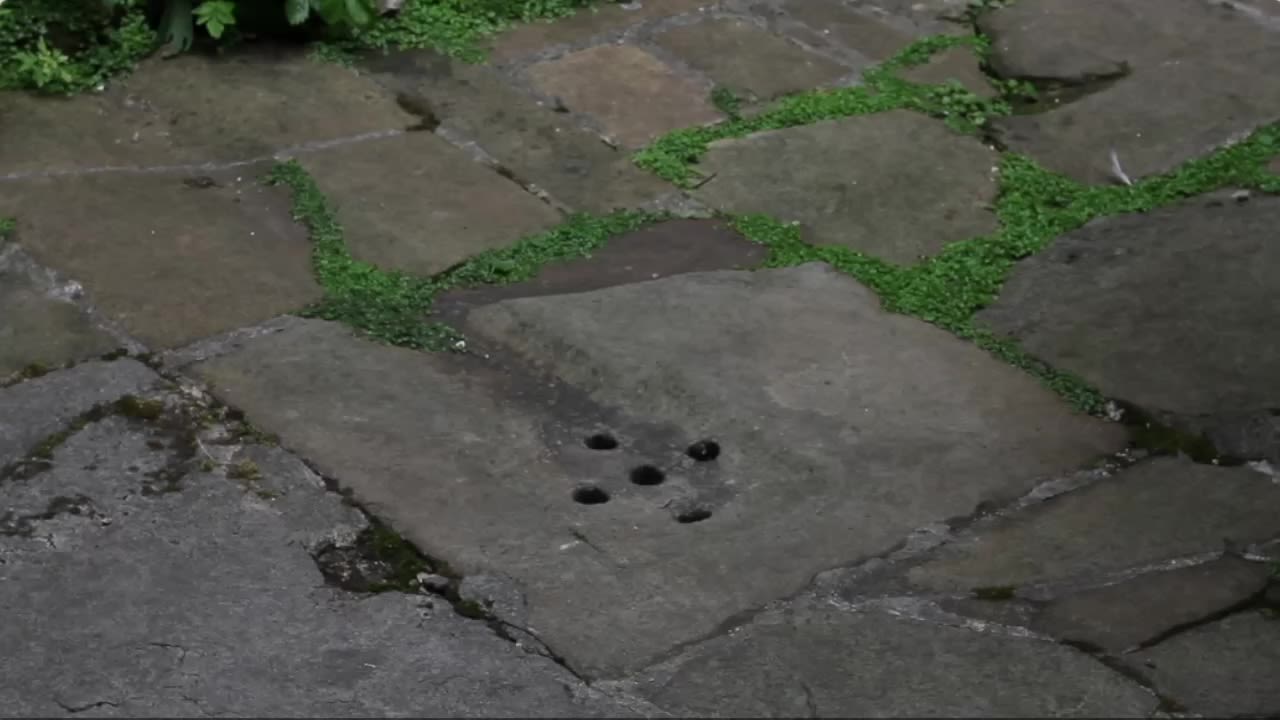

Original website collage by Alexandra Kocsis (2016)
Original website collage by Alexandra Kocsis (2016)
Alongside plans for a new six volume edition of the works of Thomas Nashe (OUP, c.2025), a range of live events and electronic resources were created by 'The Thomas Nashe Project' to make this little-known Elizabethan author's work accessible to the public. The aftershocks of Brexit and the Covid-19 pandemic's impact on a generation coming of age in the 2020s make Nashe's satire on life as an unemployed graduate newly relevant.
What follows is a selection of the project's digital resources, primarily taken from our 'spin-off' 'Penniless?' Project organised by Cathy Shrank (Sheffield University), Kate De Rycker (Newcastle University) and Archie Cornish (Sheffield University), contextualised with historical and contemporary sources.
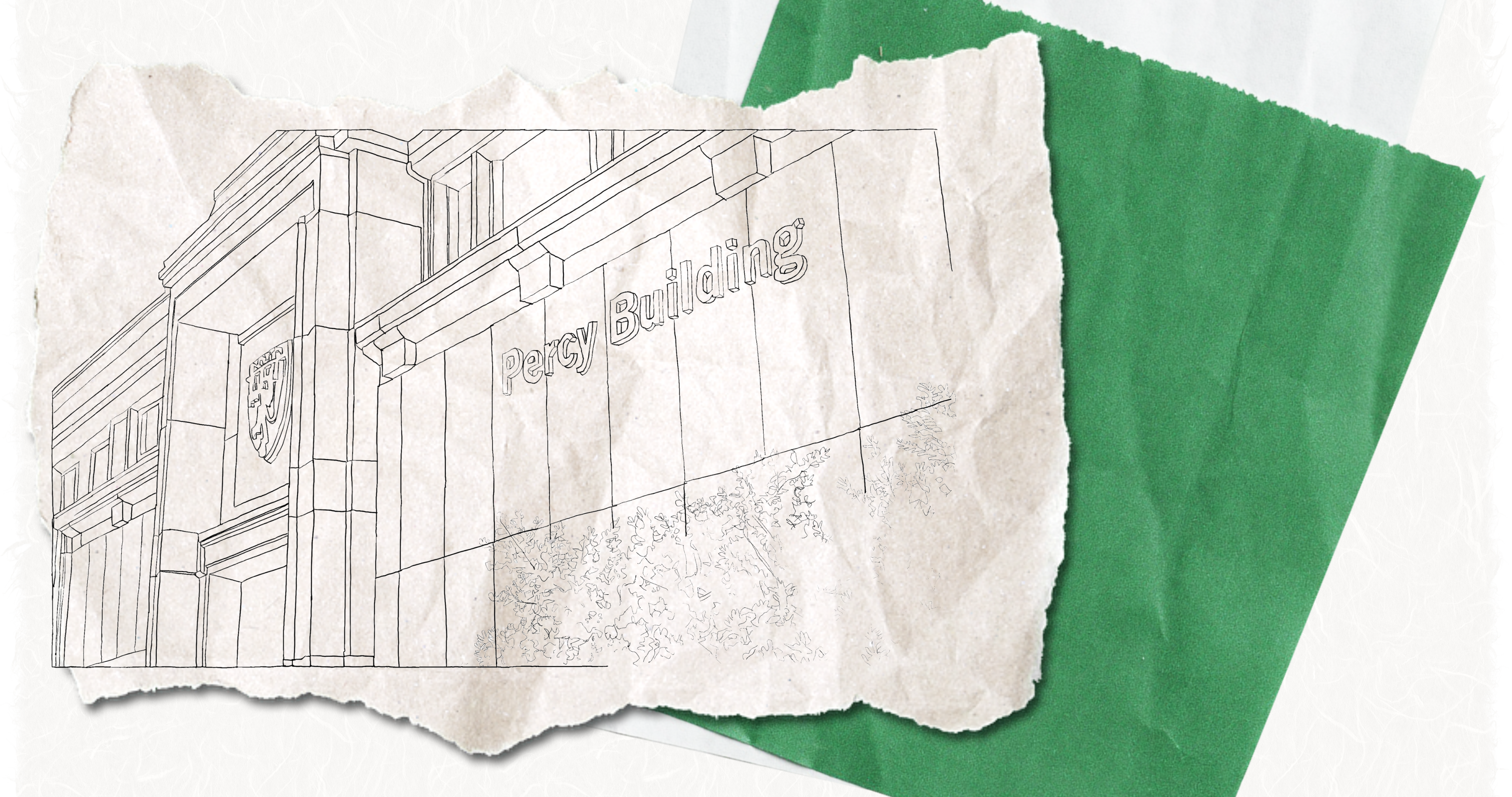
For all episodes in this series, go to: https://precariousworld.podbean.com/ or search for the title in your usual podcast platform.
"There’s a fairy-tale version of the Elizabethan era: a golden age of long-awaited prosperity, of palaces and pageants, of sea-faring exploration, all of it presided over by a spectacular queen governing alongside wise counsellors. But there’s a lot this story overlooks. Elizabethan England was an anxious, paranoid place, its government consumed by factional infighting and fears of foreign invasion."
For all episodes in this series, go to: https://precariousworld.podbean.com/ or search for the title in your usual podcast platform.
"In its last full decade, the 1590s, things began to break down, with spiralling food prices, plague, and profiteering by the wealthy. Britain today also feels like an increasingly precarious place. Many of us aren’t used to precarity —a condition of uncertainty and exposure as emotional as it is economic. But to the average Elizabethan precarity was the norm. One writer in particular explored what it was like to live on the edge. He’s not a household name today, but he wrote and published extensively through the turbulent 1590s."
Who is Thomas Nashe?
The first episode of 'The Acoustic World of Thomas Nashe' introduces 'Nashe the man'. You can listen to other episodes in this series on the sounds of the schoolroom, the print shop & the theatre at this link.
A contemporary of Shakespeare's, Nashe came of age at a time when London's theatres and printing presses began to offer employment opportunities in a growing entertainment industry. Nashe collaborated on plays with Shakespeare (1. Henry VI), Marlowe (Dido Queen of Carthage), and Jonson (The Isle of Dogs - now lost), but his main experimentations were in the new media of the age: cheaply printed 'pamphlets'.
His best-seller was a satire, Pierce Penilesse his Supplication to the Devil (1592), which went through five editions, and which tells the story of a recent unemployed graduate (Pierce) who, out of options, asks the devil for money. In exchange, he writes an updated version of the seven deadly sins of London. Today Nashe is better known for his picaresque novella, The Unfortunate Traveller (1594) which follows the trickster Jack Wilton as he meets the great and the not-so-good travelling around continental Europe.
Nashe's short life was eventful. Born in 1567, Nashe says his father, a vicar, came from a family with 'larger petigrees than patrimonies' ('Strange Newes', Works 1.311): 'well-bred but no longer well-off, in other words' (ODNB, Nicholl). Nashe worked his way through university as a 'sizar' (a student who paid their fees by performed menial tasks for other students and staff), and graduated into a crowded marketplace of writers. He was a polemicist, participating in 'the Marprelate Controversy', writing on behalf of the establishment and the Church of England. After residing with a succession of wealthy patrons, Nashe's luck appears to have run out and, after various run-ins with the law, his books were eventually banned in 1599. A year later he was dead, cause unknown.
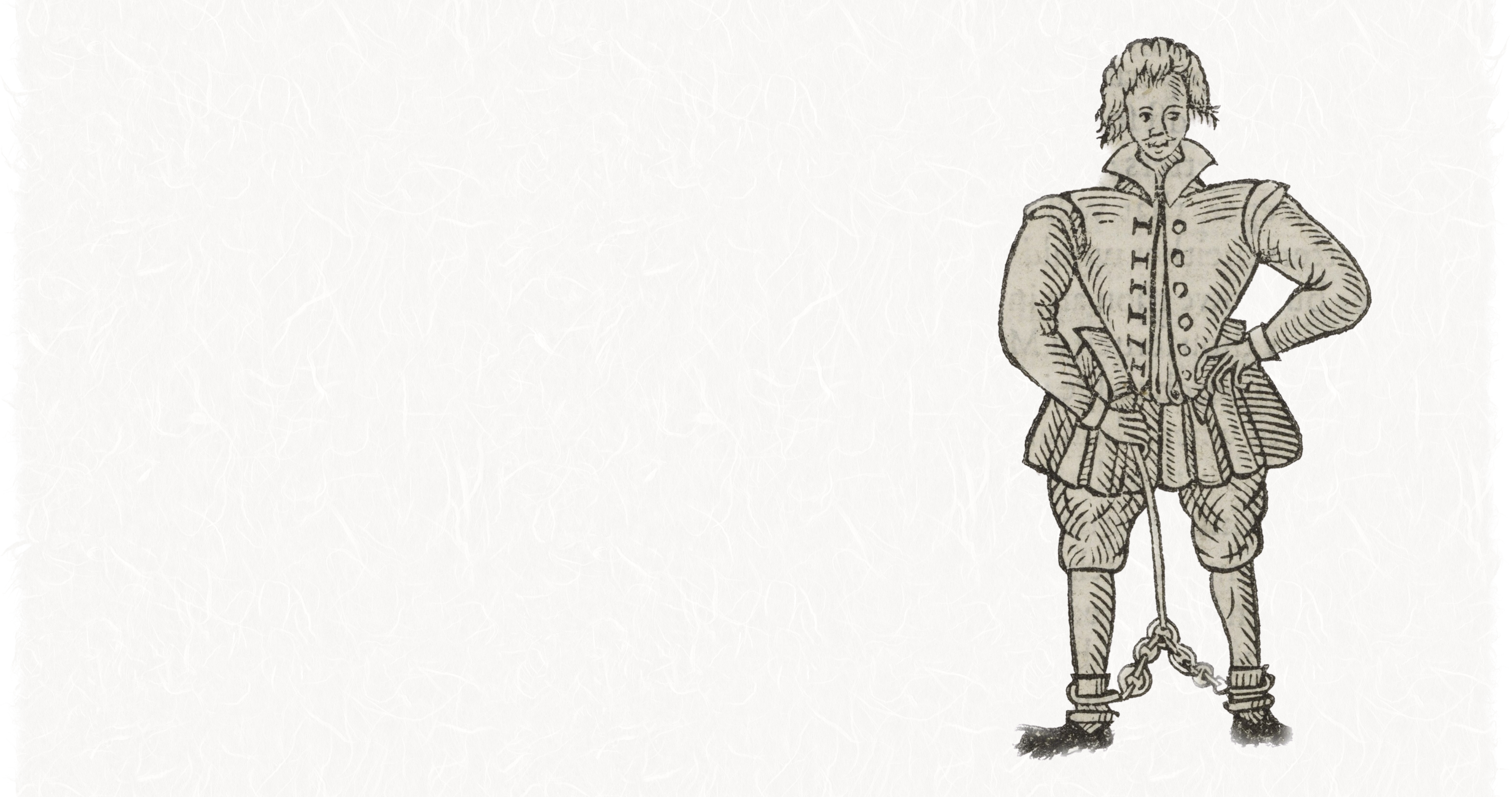
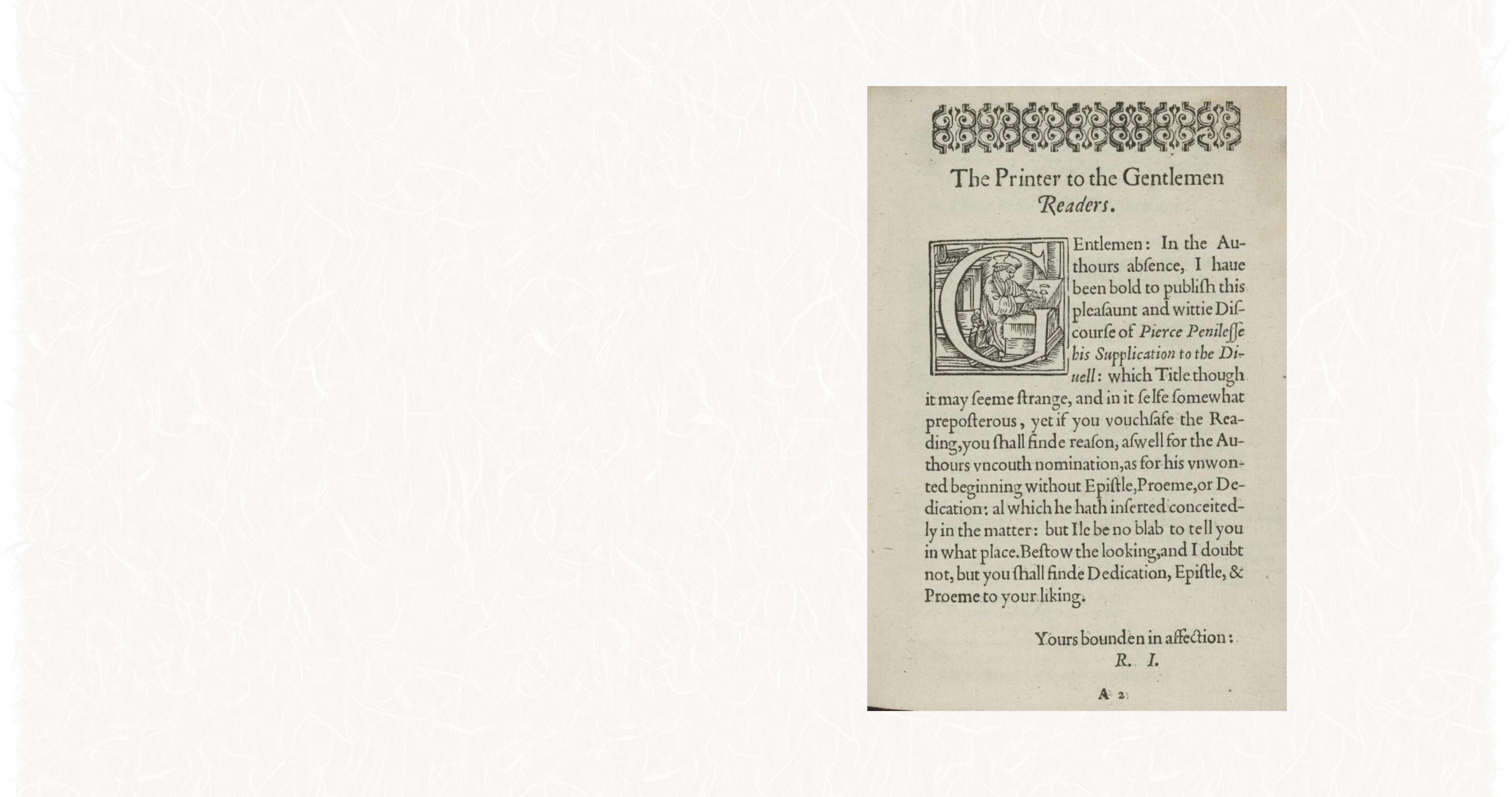
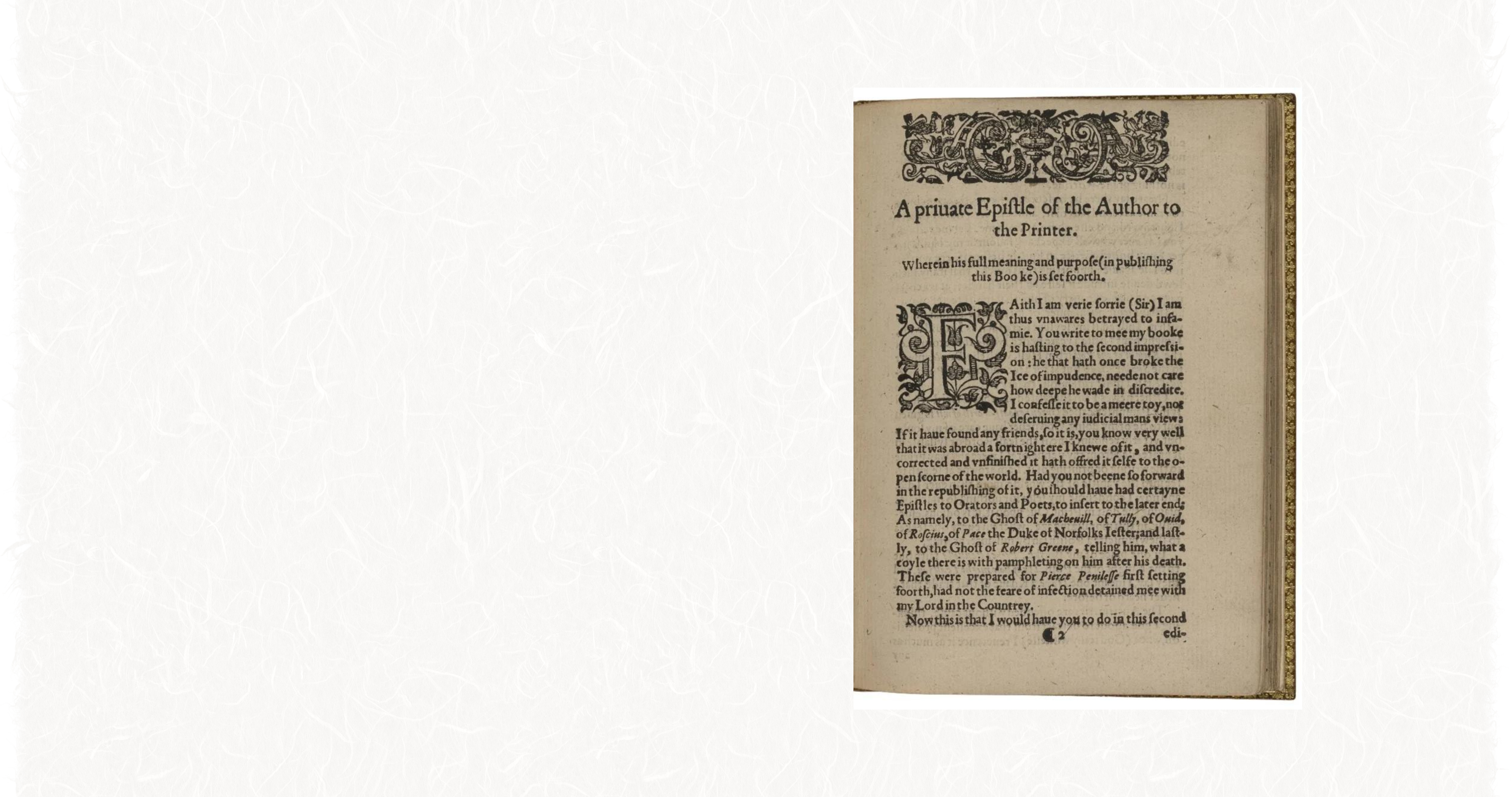
The 1590s generation
Nashe was part of a generation which had been provided with better educational opportunities, but which was unable to convert this into a secure job serving the Elizabethan state, church, or law-courts, because most of these desirable positions had already been filled by the previous generation.
Nashe's play, Summer's Last Will and Testament (1592) highlights a related generational problem: the decreasing generosity from younger aristocratic patrons. In the clip below, it is the boy-god 'Christmas' who is a mean penny-pincher, not the aged 'Summer' who is a patron who believes in 'unfashionable' principles like providing hospitality to the less fortunate.
In October 2017, the boy-actor troupe 'Edward's Boys' performed 'Summer's Last Will and Testament' in the original hall where it was once performed, the Old Palace at Croydon. You can watch the full performance on Youtube here.
In October 2017, the boy-actor troupe 'Edward's Boys' performed 'Summer's Last Will and Testament' in the original hall where it was once performed, the Old Palace at Croydon. You can watch the full performance on Youtube here.
Many politicians feared that the frustration felt by Nashe's generation would boil over into insurrection. Their solution was to cap the number of people from middling or lower class backgrounds going to grammar schools and universities. In a 1611 letter to King James, Francis Bacon advises that no more grammar schools should be funded because "there being more Schollers bred then the State can [employ...] it must needs fall out, that many persons will be bred unfit for other vocations [...] which fills the realm full of indigent, idle and wanton people" (pub. in Remains, 18).
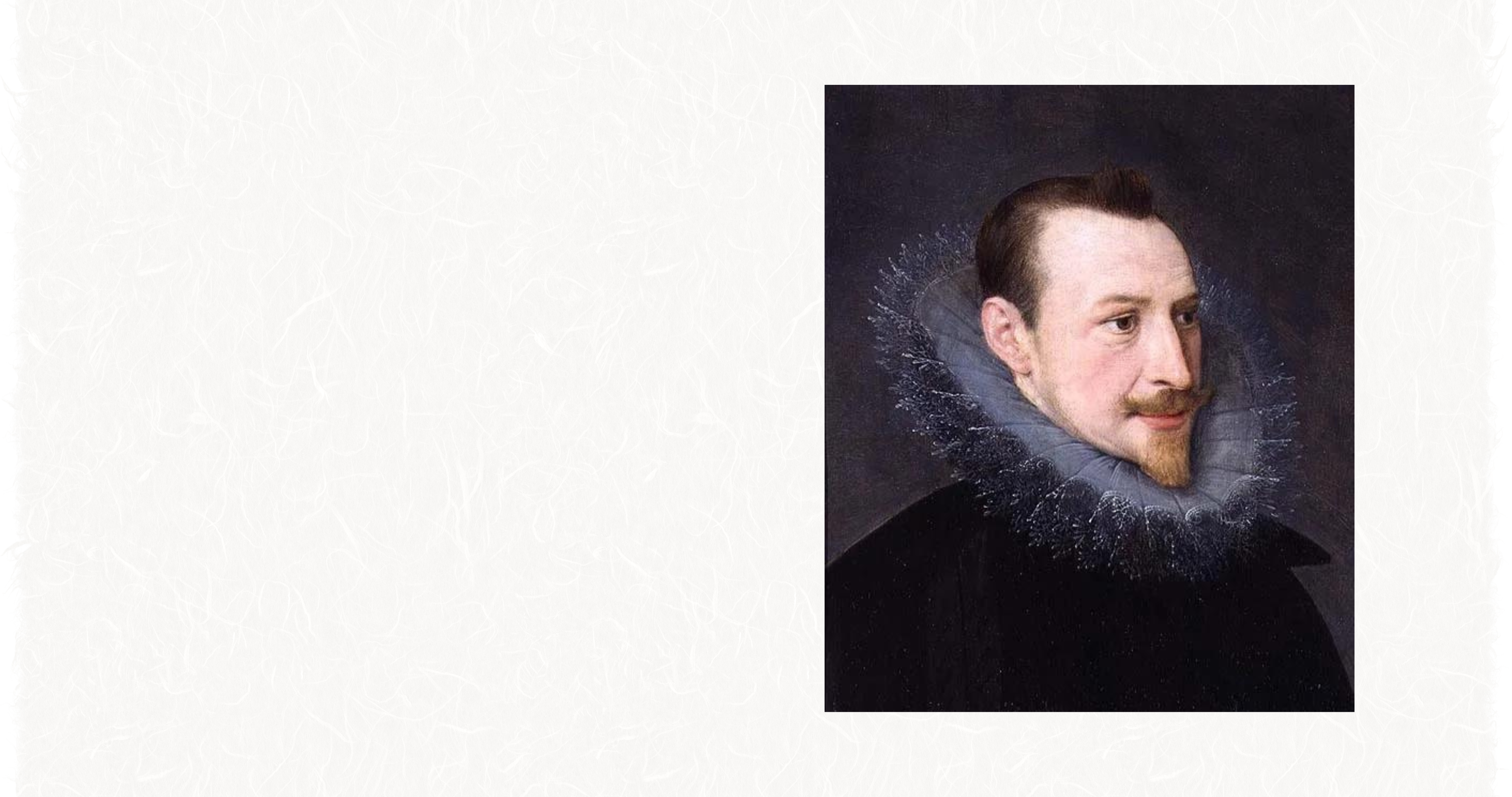
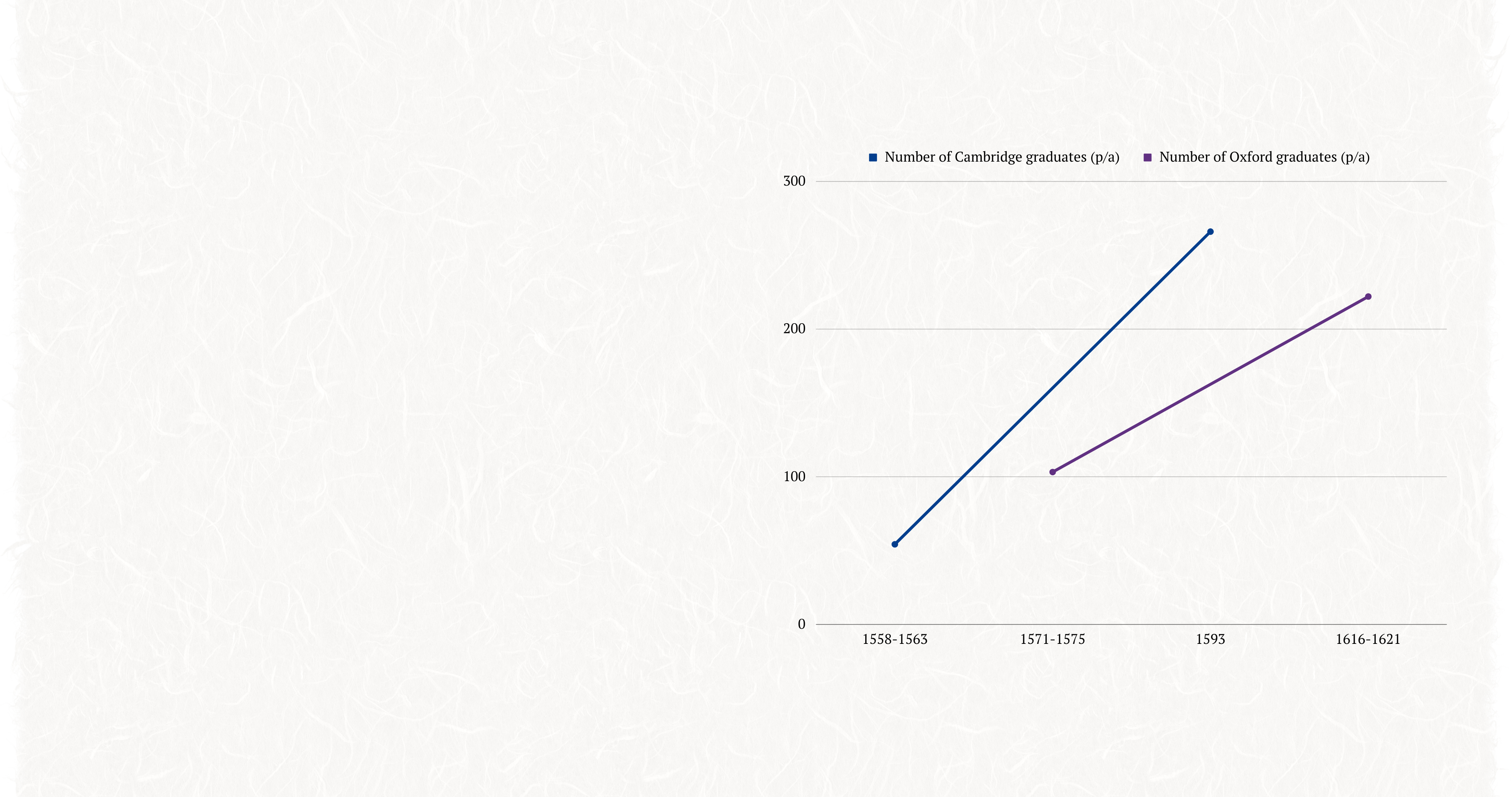
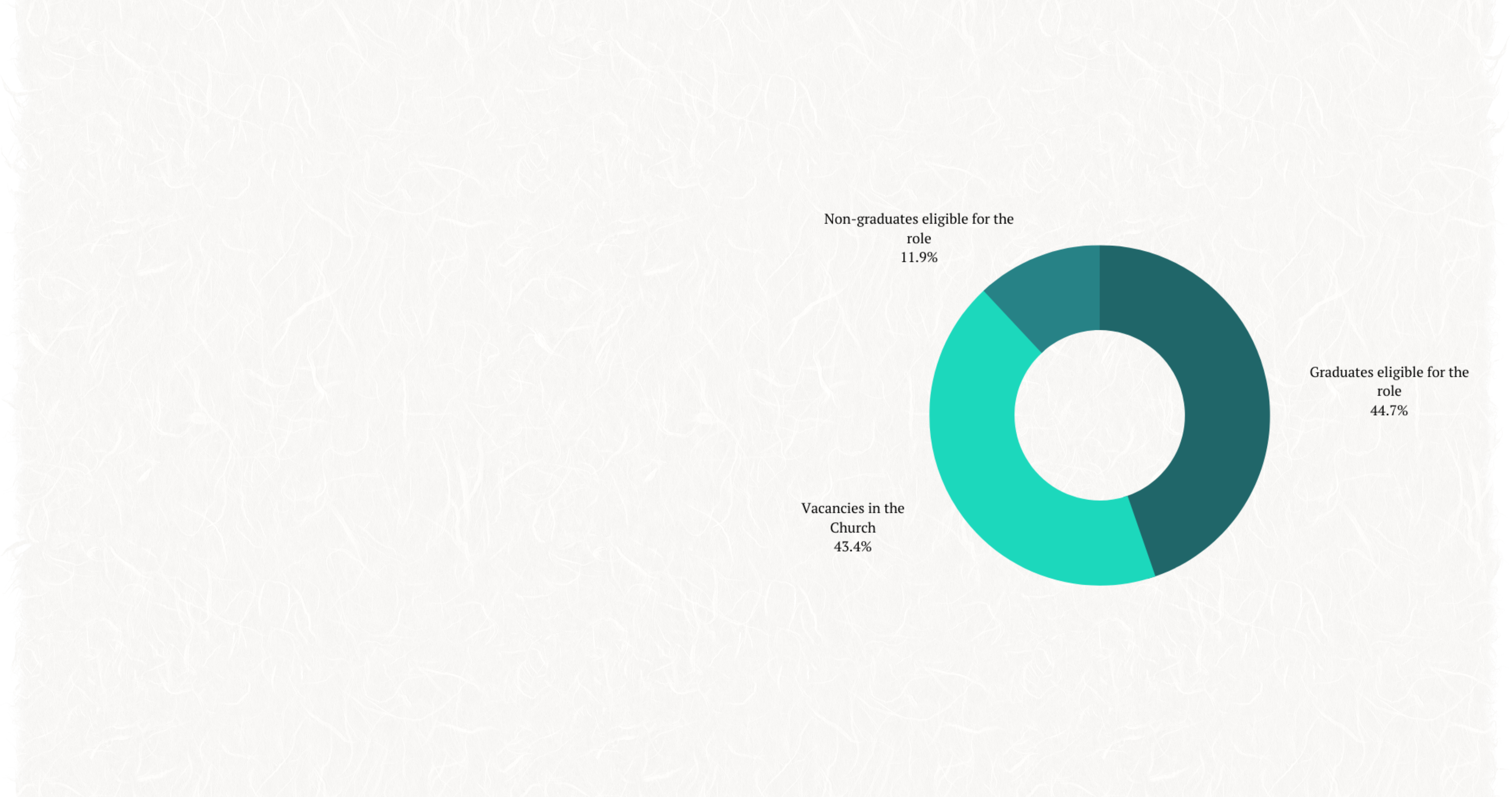
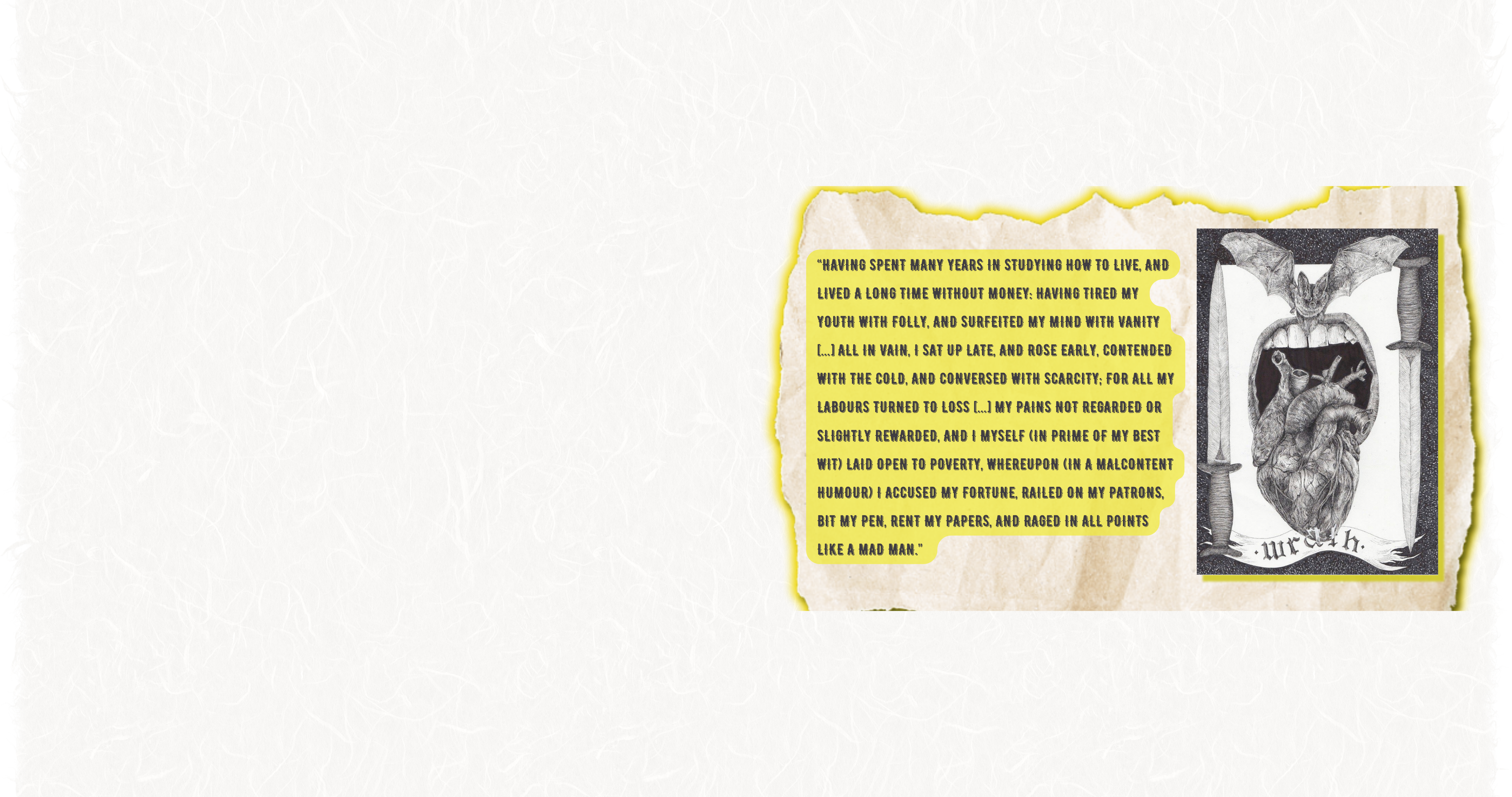
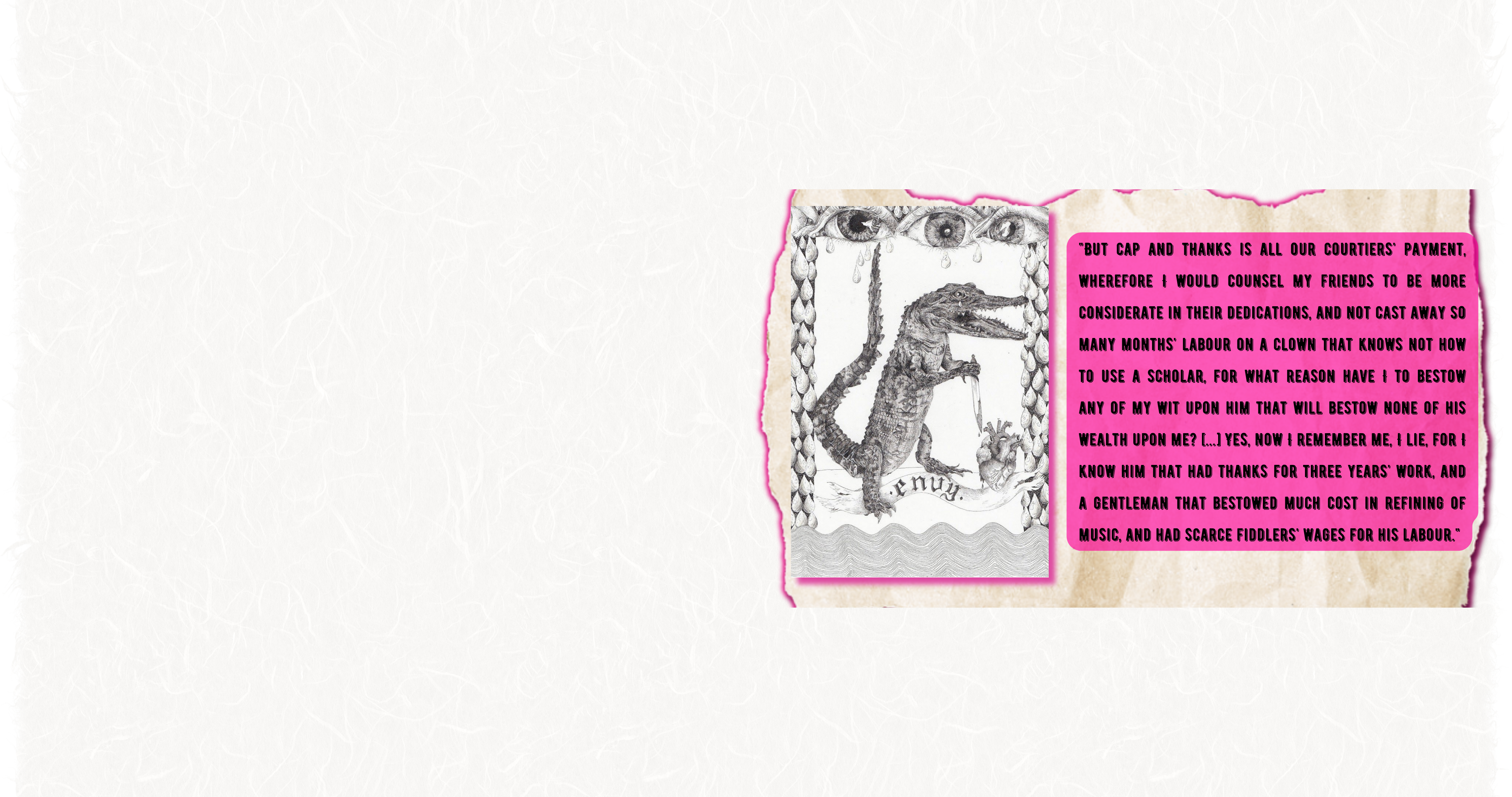
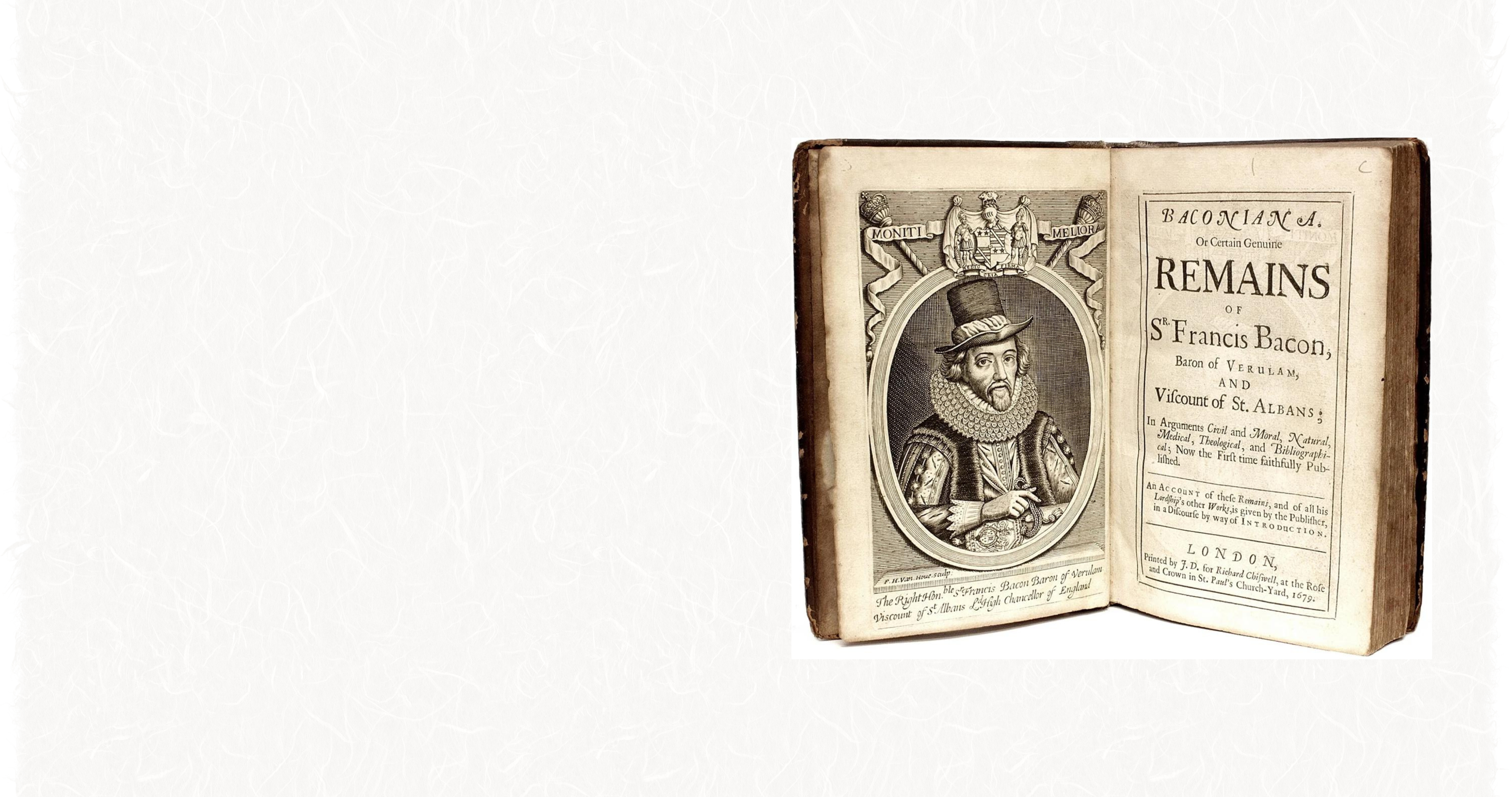
The 'Covid generation'
Like Nashe's 1590s generation, the 'Covid' generation of 16-24 year-olds are experiencing frustration with increasing precarity. Their education and search for employment were disrupted through lockdown measures, and entry-level jobs (usually the domain of young workers) were in heavier demand across all ages ('Dire state of UK jobs', The Independent 13 Aug 2020).
In our oral history project 'In their own words', we worked with students from Sheffield University to interview young people about their experience of student debt, temporary contracts, and working conditions during the pandemic. Below, Leo talks about his employer prioritising efficiency and productivity over the safety of their employees during the pandemic:
For the full interview, go to the project's 'In their own words' page.
For the full interview, go to the project's 'In their own words' page.
'Everyday entrepreneur' or precarious worker?
"what we see is proliferating insecurity that is ‘discursively sweetened’ with the rhetoric of entrepreneurial individualism.This [...] masks inequality and, at root, is driven by a capitalist ‘flexible’ business model that seeks to maintain profits by exploiting atomised, individuated workers who have ‘nothing to sell but their labour’, by cutting their pay and stripping them of their rights as workers."
Inspired by our project's oral histories and Jessica Heywood's zine images, Newcastle based theatre company Cap-a-Pie produced their performance, 'Propa Penniless', which uses Nashe's Pierce Penilesse to reflect on current inequalities for young people.
Cathy Shrank (Sheffield) explains how the 'Penniless?' project was intended to draw parallels between the precarious work-lives of many young people today and the experience represented in Nashe's 'Pierce Pennilesse'.
“Cap-a-Pie were new to Nashe, but specialise in collaborating with academics to bring research to life in the theatre. They also had recent experience working on [...] precarity. In 2020 they staged [...] a rehearsed reading of Laura Lindow’s play Credit, based on testimony from those navigating the labyrinth of Universal Credit.”
The pandemic accelerated pre-existing inequalities caused by decades of government policies such as de-industrialisation under Thatcher, educational reforms under New Labour, and over a decade of austerity measures and the fallout from Brexit under the Conservatives. It also exacerbated generational differences, as this Resolution Foundation report explains:
"Young people have been more likely than their middle-aged counterparts to have lost working hours, experienced lower pay, been put on furlough or have lost their job [...] This has exacerbated pre-existing intergenerational inequalities, wherein during the decade before the pandemic, younger people had experienced lower rates of pay growth and higher rates of working in the country’s lowest-paid sectors [...] compared to their predecessors while the same age."


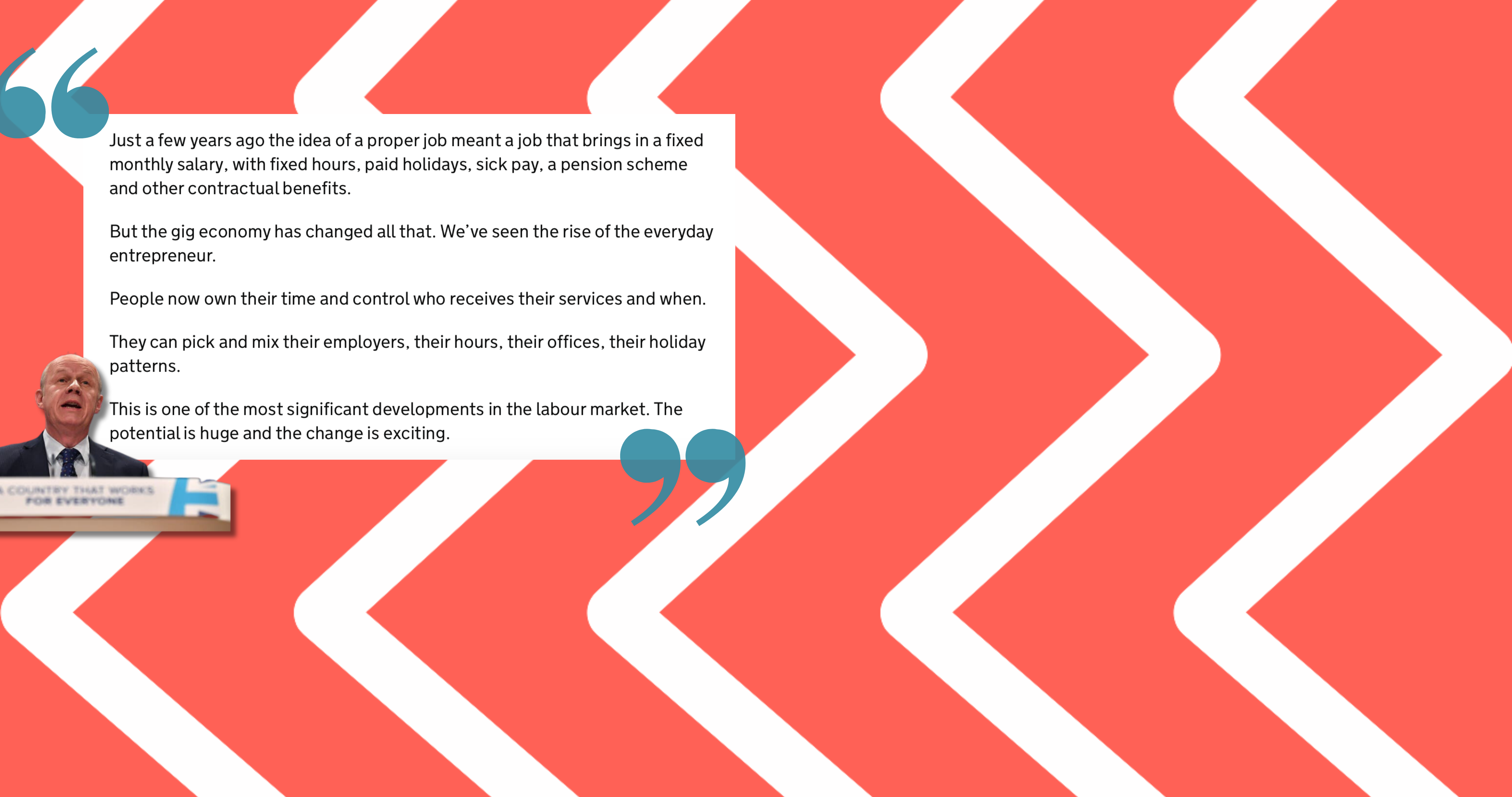
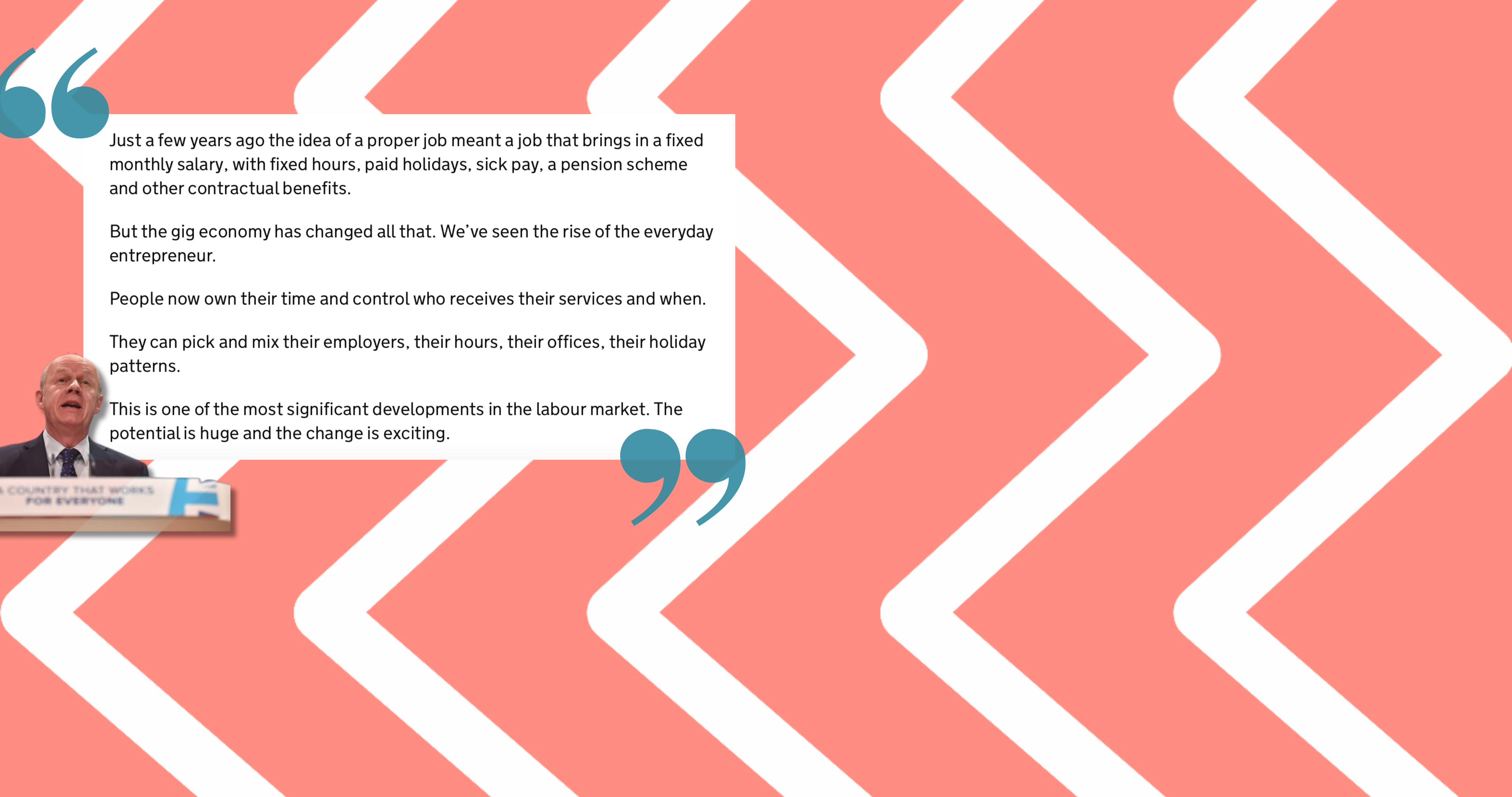
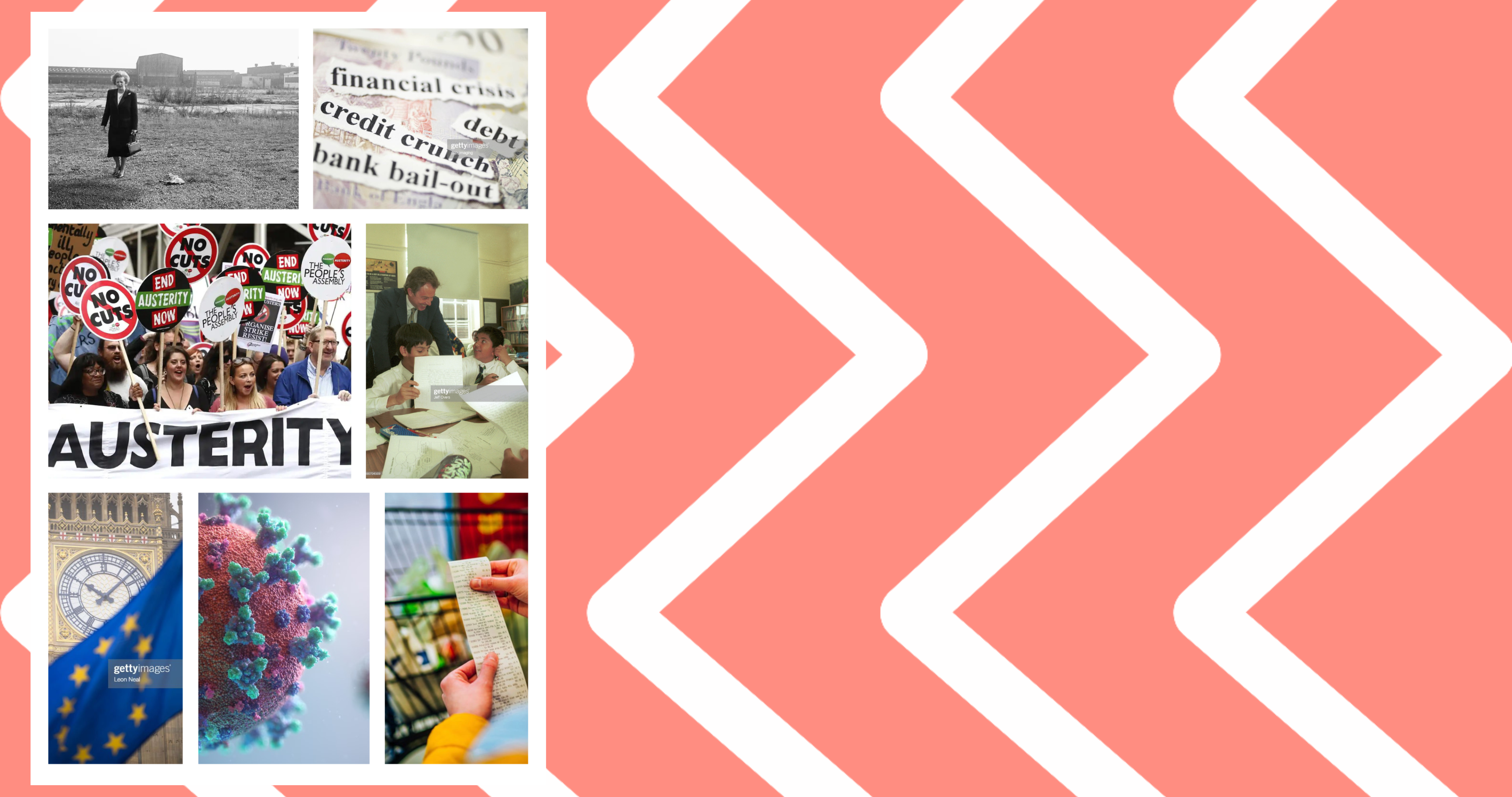

Nashe and ephemeral print
Nashe might be surprised that his writing had survived this long. Most pamphlets were ephemeral, for immediate consumption, a bit like magazines today. Nashe frequently refers to his pamphlets as "waste paper" - good enough only to "drie and kindle Tobacco, or wrap velvet pantofles [...] so they bee not woe begone at the heeles"(The Unfortunate Traveller, 2.207). He jokes too that his writing might meet a messier end, as a 'Privie token' (i.e. toilet paper). Along the same scatological theme, Nashe refers to his rival pamphleteer, Gabriel Harvey, as an 'inck squitterer'.
In the following clip from Nashe's Precarious World podcast, Andrew McRae (Exeter) and Emma Smith (Oxford) speak with Kate De Rycker about Nashe's surprisingly modern use of controversy to advertise his writing:
In this clip from 'Hustlers', Andrew McRae (Exeter) and Emma Smith (Oxford) talk about print controversies. In the full episode of 'The Precarious World of Thomas Nashe' podcast, Nashe looks for work with aristocratic patrons, theatre companies, and printers.
In this clip from 'Hustlers', Andrew McRae (Exeter) and Emma Smith (Oxford) talk about print controversies. In the full episode of 'The Precarious World of Thomas Nashe' podcast, Nashe looks for work with aristocratic patrons, theatre companies, and printers.
Nashe often draws attention to the precarity of his life as a writer. He must write to a quick deadline: "poor fellows as I [...] either must have our work dispatcht by the weeks end, or else we may go beg" - Terrors of the Night, 1.343-4), or write erotic verses for patrons when he has run out of money: "twice or thrice in a month, when [...] the bottom of my purse is turned downward, & my conduit of ink will no longer flow for want of reparations, I am fain to [...] prostitute my pen in hope of gain, but otherwise there is no newfangleness in me but poverty" (Have With You to Saffron Waldon, 3.30-1).
Despite the economic pressures of freelance writing, Nashe was able to develop a fresh and direct style of addressing his readers as if they were in the same room as him. To hear more about these experimentations, you can listen to the 'Acoustic World of Thomas Nashe' podcast:
Episode 4 of 'The Acoustic World of Thomas Nashe' takes us into the print shop, and to St Paul's Churchyard, where the majority of bookshops were located. For other episodes in this series go to the 'Nashe's Acoustic World' webpage.
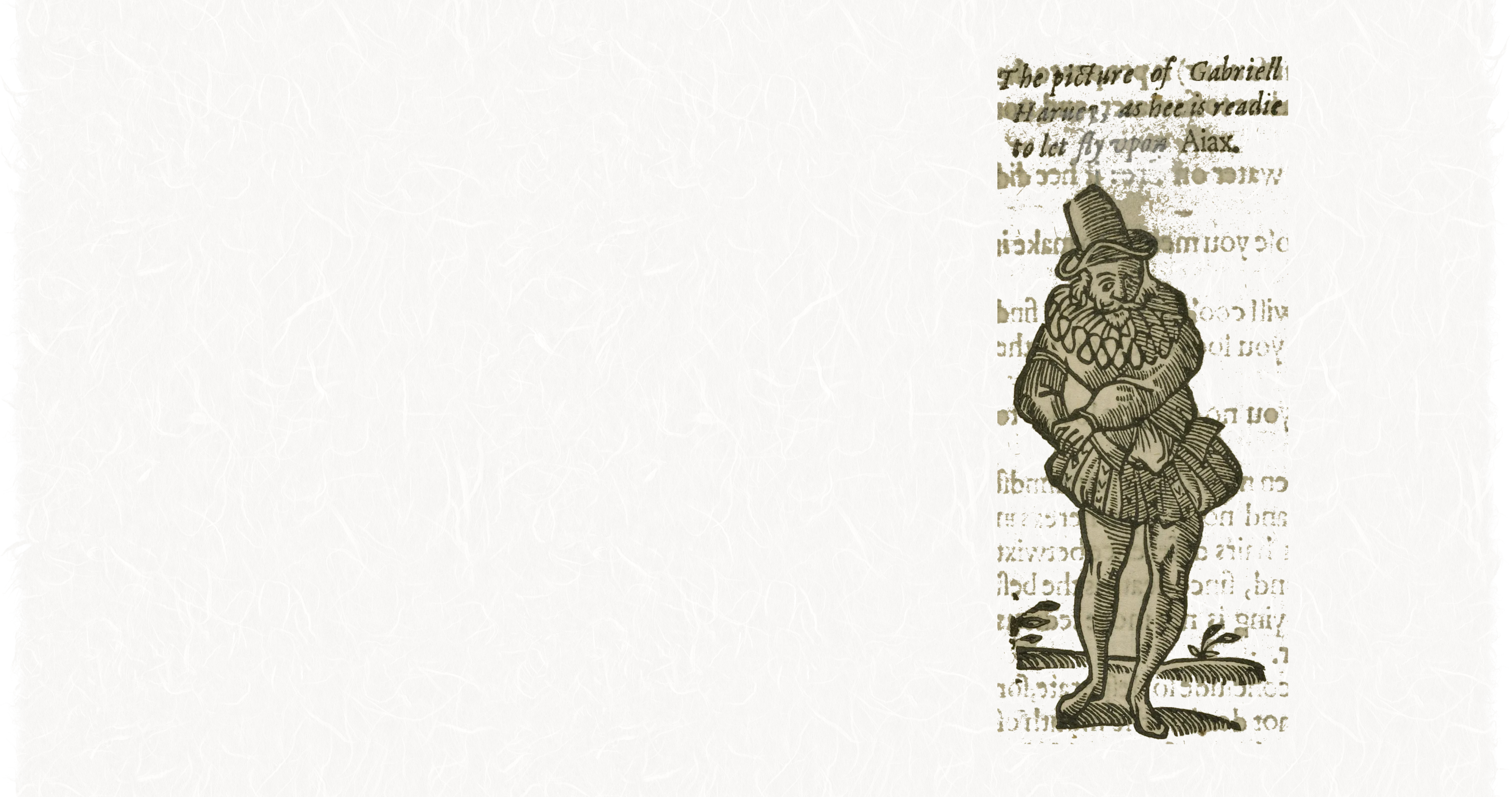
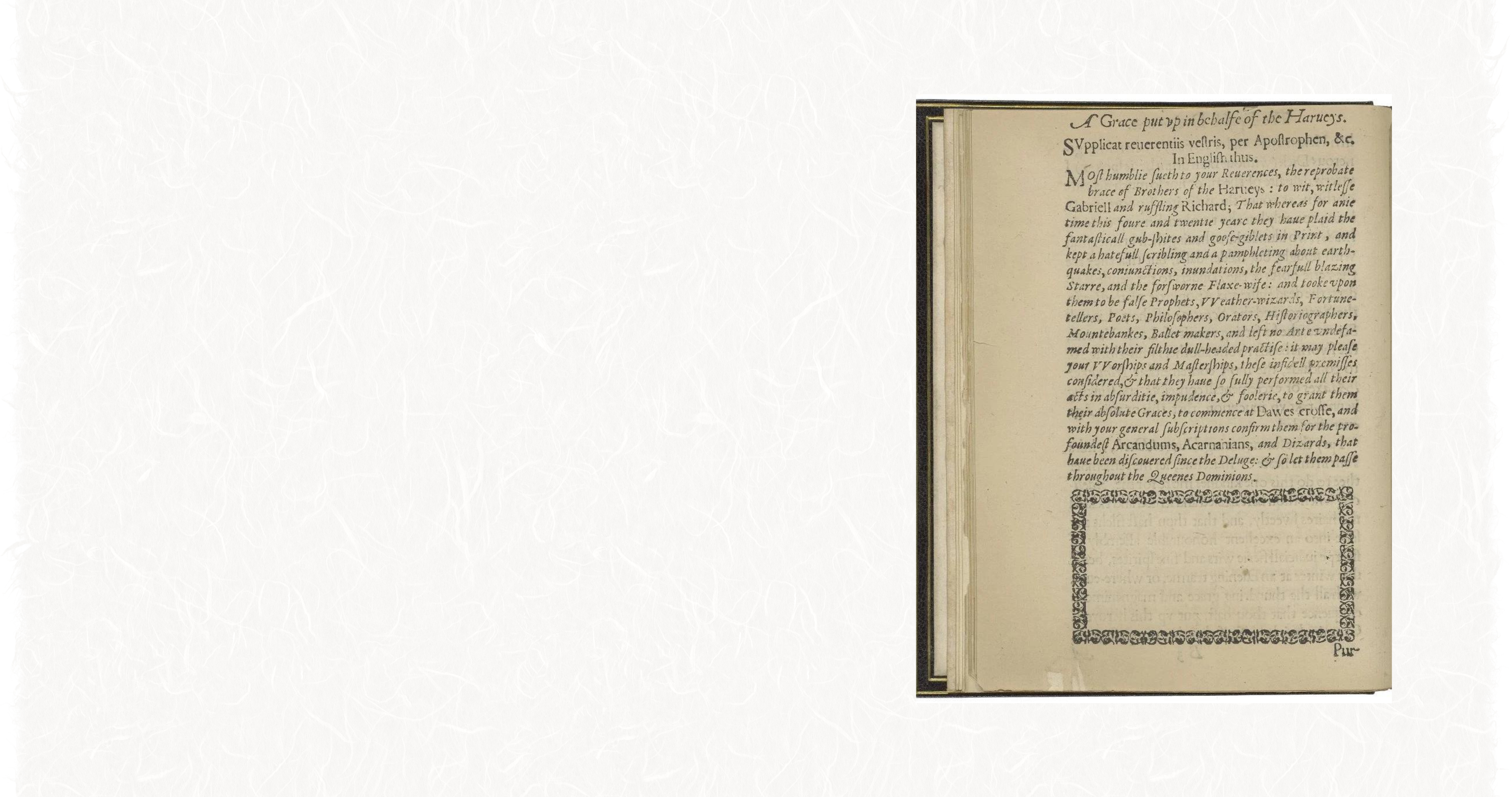
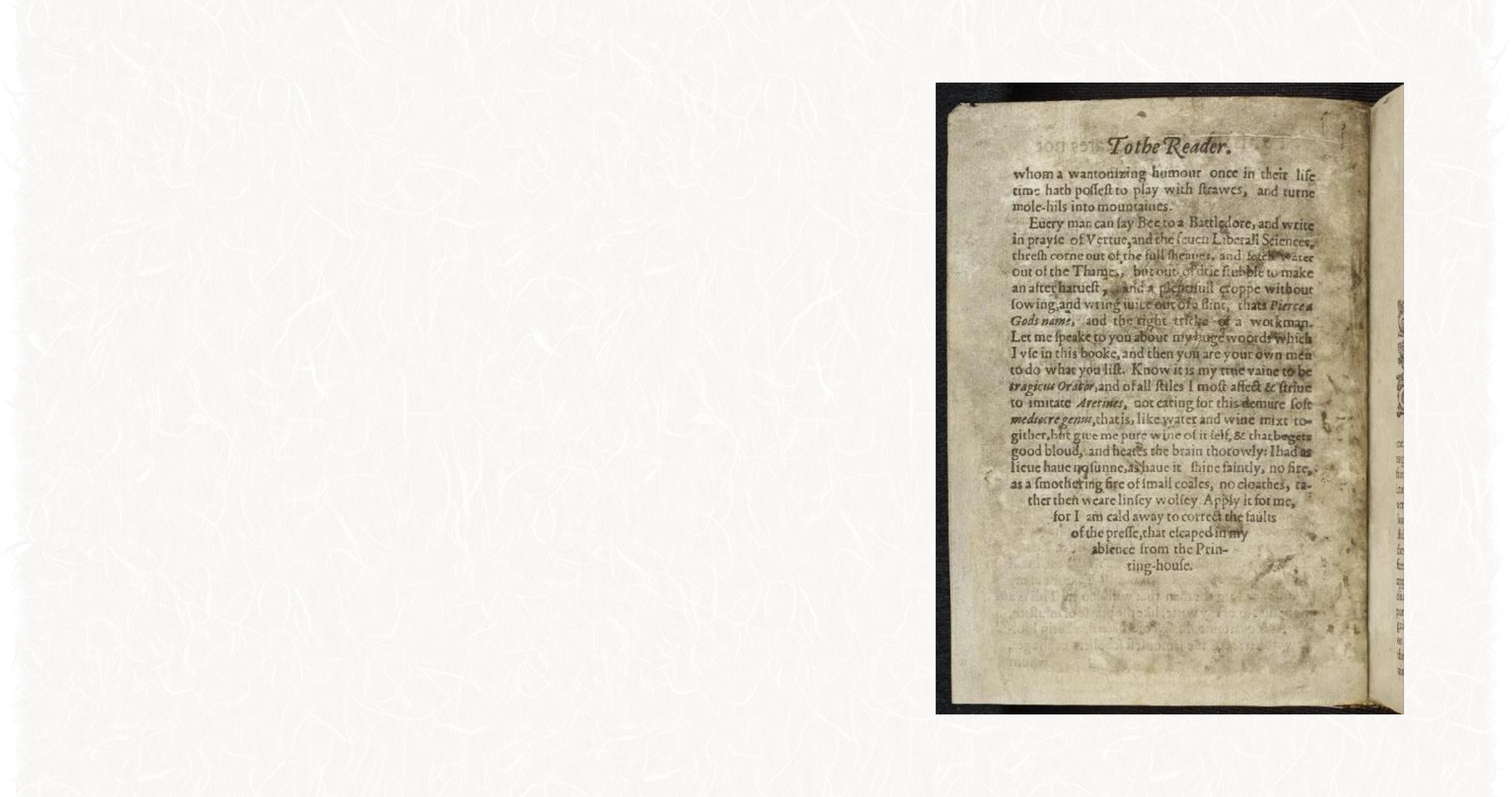
Nashe's experimentation with direct address and print conventions led the two artists who worked with the Nashe project to come up with their own visual responses to his work.
"I was thinking a lot about the rhythms in Nashe [...] and how he was controlling the flow of reader concentration. He can be abrupt, and pull back and then loop around to show you what he’s done. I try to do that in my own work, and so there were lots of things that I was trying to do when filming that resonated with Nashe’s methods [such as] deliberate anachronisms."
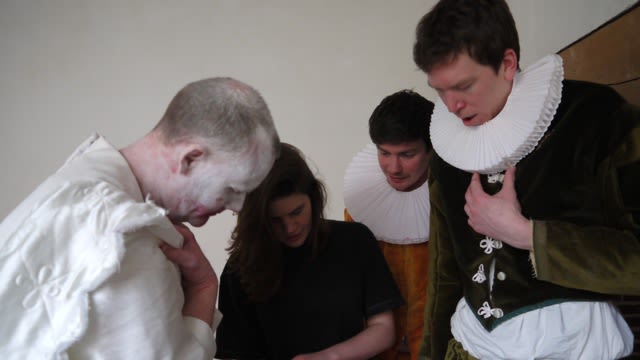
The artist Anna Brass in conversation with actors for her Nashe Project film 'Lenten Stuffe' (2019).
The artist Anna Brass in conversation with actors for her Nashe Project film 'Lenten Stuffe' (2019).
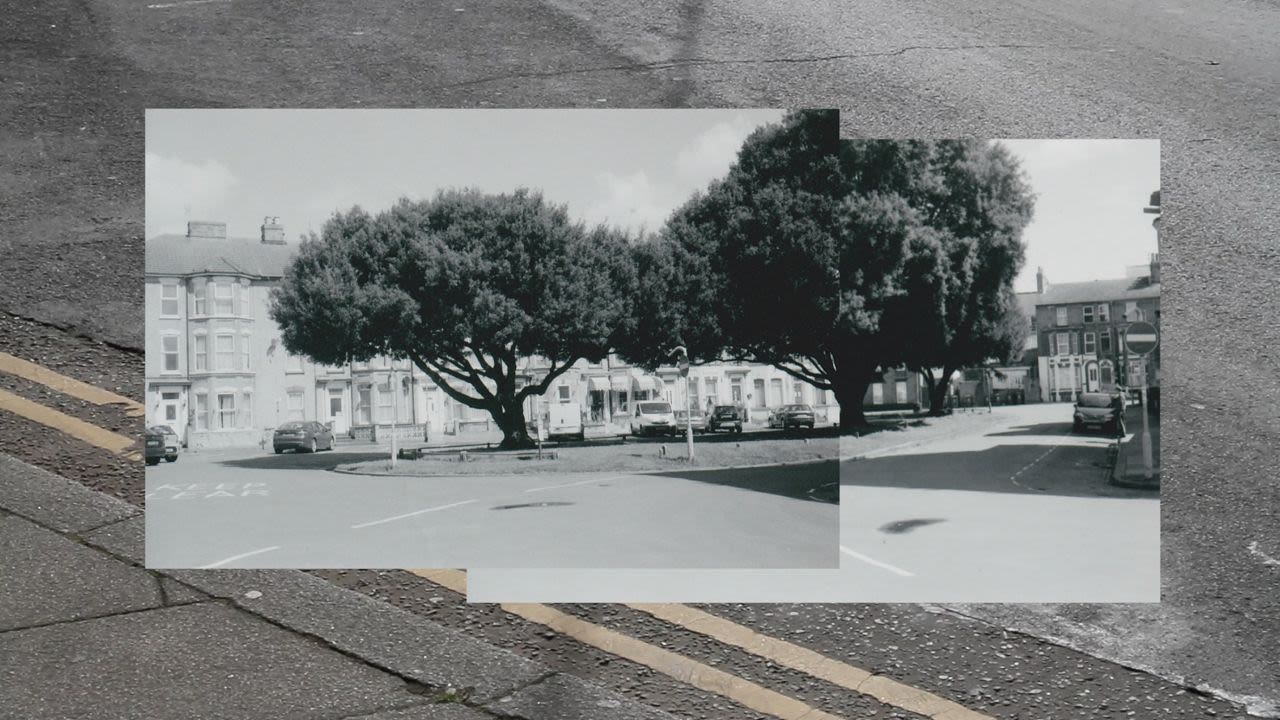
An example of the visual 'overlaying' of the two Yarmouths in 'Lenten Stuffe': printed 35mm photographs over digital film footage. Anna Brass, 2019.
An example of the visual 'overlaying' of the two Yarmouths in 'Lenten Stuffe': printed 35mm photographs over digital film footage. Anna Brass, 2019.
Anna Brass' 2019 film 'Thomas Nashe: Lenten Stuff'
Anna Brass's film imagines a point in Nashe's life when he escaped arrest by the London authorities for a controversial and (now-lost) play The Isle of Dogs (1597). Nashe fled to Great Yarmouth, and wrote Lenten Stuff in its honour. Her film was initially going to contrast Nashe's description of a thriving Elizabethan fishing town, and the less prosperous fortunes of modern day Yarmouth:
"My feelings changed over the course of the year that I was working on the film [...] The first time I visited, it was three days after the Brexit referendum [...] it was clear why Great Yarmouth voted to leave. Like many seaside towns it had been neglected [... However] I’d go to art events organised by Original Projects. Their art organisation [...] engage[s] with the local community, so whilst I started out thinking that Great Yarmouth was quite a sad place, the more I went the more I realised how fantastic it is."
Brass explains her use of a visual motif to reflect her experience of reading Nashe's writing:
"I have a 35mm camera, which used to belong to my grandfather, and I love using it because it conveys texture in a way that digital never does [...] It occurred to me one day that I could collage the 35mm photographs over the digital footage [...] so you get this experience where you’re trying really hard to look at both images at once, but one is trapped behind, so you feel frustration that you can’t see it properly. The images on top are almost like heavy objects which sit on the screen [...] I thought that would be a really rich way to convey the rhythm of Nashe’s text."
Our second artist, Jessica Heywood, also represents the experience of reading Nashe in visual form:
"On first reading, Jessica found Pierce Pennilesse fairly impenetrable. She describes ‘the lack of relief’. The sentences come thick and fast; Nashe moves from place to place, thought to thought, without much warning. There’s a similar immediacy in the drawings which thrust their figures at us, setting them not against a background but alongside a jumble of other, bordering images."
The choice of combining Heywood's detailed, gothic imagery, and the 'D.I.Y' culture of making zines was an intentional reflection of Nashe's own combination of 'high' and 'low' literature, printed in the cheap format of a pamphlet:
"Relevant phrases from 'Pierce Pennilesse' are printed after the images. Nashe wants us to see the looseness of his text, its timely rough-and-readiness. Accepting his invitation, Heywood’s captions chop the sentences into fragments divided by slashes.

DIY caption from Jess Heywood's zine, 2022
DIY caption from Jess Heywood's zine, 2022
Preserving the ephemerality of its creation, the zine’s aesthetic combines precarity and artfulness. With this in mind, and thinking of Nashe’s extensive engagement with the material practices of print, Jess created a zine on varying kinds of paper – some thick and luxurious, some thinner and more insubstantial."
Archie Cornish, on Jessica Heywood's process. 2022.
Heywood's zine was exhibited at Sheffield University in February 2023, and is now available to view as both a digital and a hard-copy zine in the Baltic Gallery's zine collection in Gateshead.
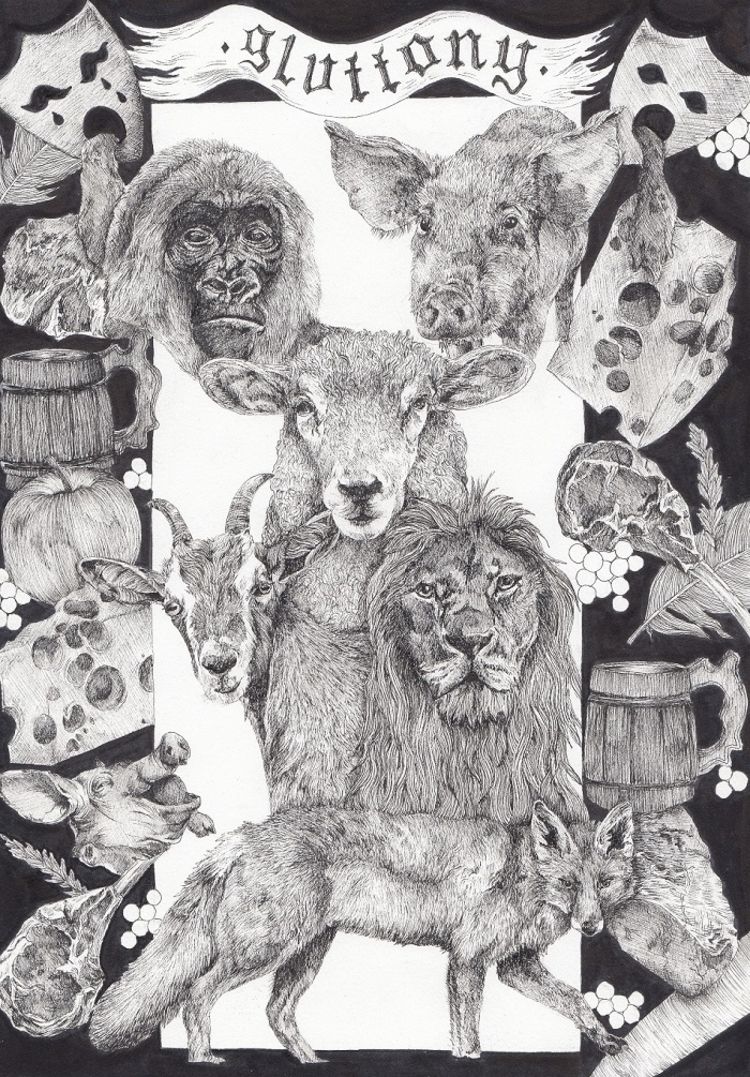
Jessica Heywood's ink drawing for 'gluttony' as described in Nashe's 'Pierce Penilesse' (2022). For the fully digitised zine, go to the Baltic + collection.
Jessica Heywood's ink drawing for 'gluttony' as described in Nashe's 'Pierce Penilesse' (2022). For the fully digitised zine, go to the Baltic + collection.
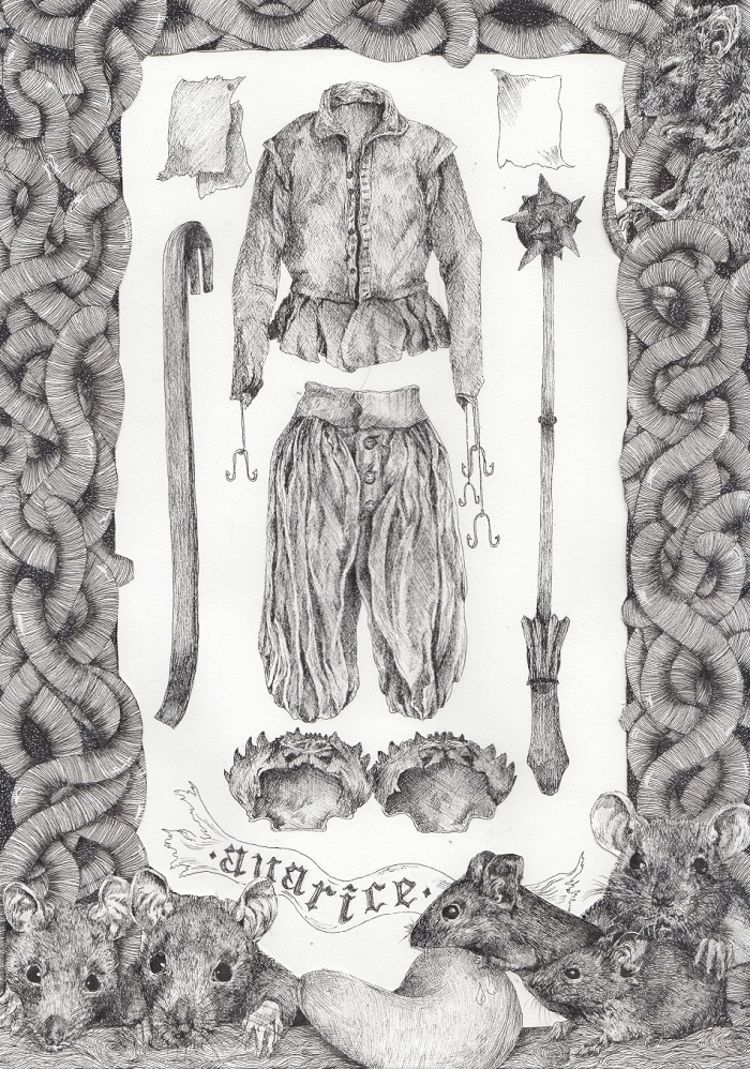
Jessica Heywood's ink drawing for 'avarice' as described in Nashe's 'Pierce Penilesse' (2022). For the fully digitised zine, go to the Baltic + collection.
Jessica Heywood's ink drawing for 'avarice' as described in Nashe's 'Pierce Penilesse' (2022). For the fully digitised zine, go to the Baltic + collection.
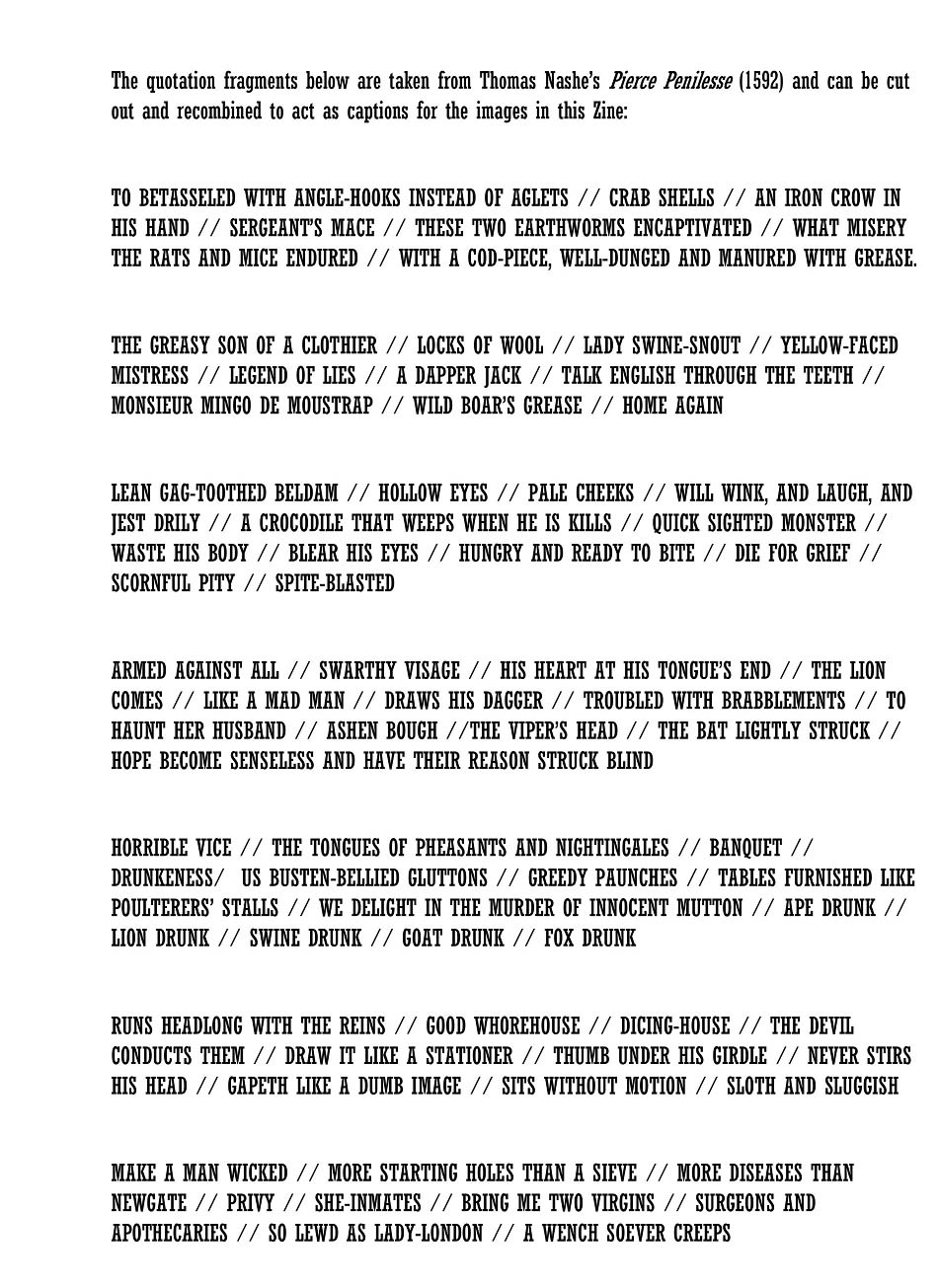
'D.I.Y' captions for the zine reader to cut and paste on the other zine images. Heywood 2022. For the fully digitised zine, go to the Baltic + collection.
'D.I.Y' captions for the zine reader to cut and paste on the other zine images. Heywood 2022. For the fully digitised zine, go to the Baltic + collection.
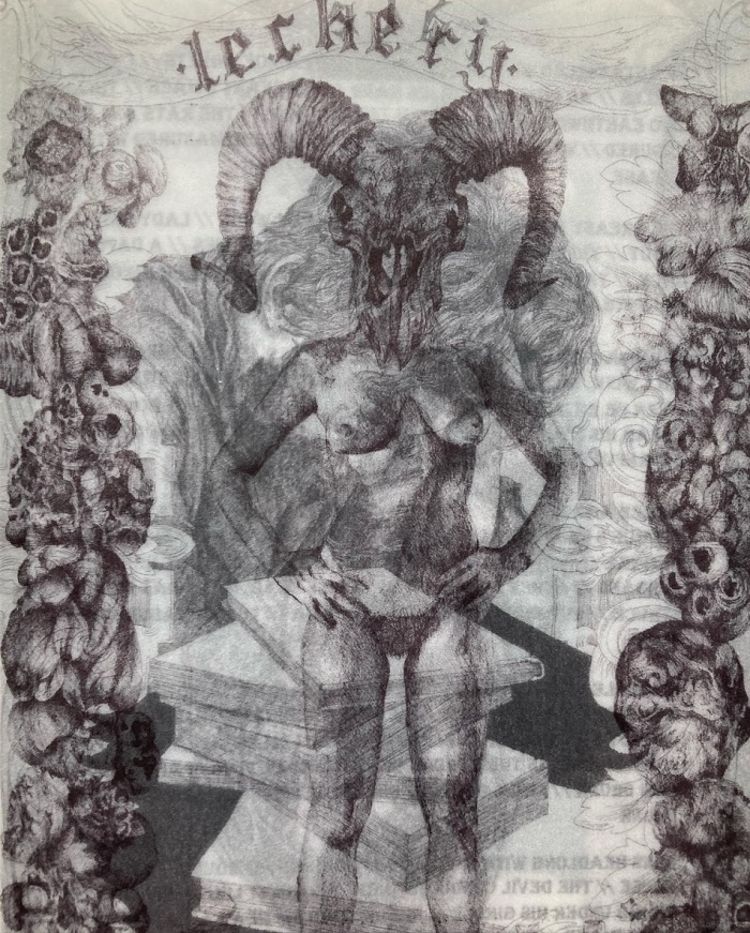
The zine images printed on tracing paper, 'Lechery' (with 'Sloth' bleeding through). Heywood, 2022. For the fully digitised zine, go to the Baltic + collection.
The zine images printed on tracing paper, 'Lechery' (with 'Sloth' bleeding through). Heywood, 2022. For the fully digitised zine, go to the Baltic + collection.
Nashe and difficulty
As both Brass and Heywood allude to, Nashe's prose writing is difficult for the modern reader. His style is grotesque, distorting the world he describes often in ways which are uncomfortably misogynistic and xenophobic.

Direct quotes from Nashe to describe the sin of lechery, taken from DIY captions in Jess Heywood's digital zine, 2022.
Direct quotes from Nashe to describe the sin of lechery, taken from DIY captions in Jess Heywood's digital zine, 2022.
Nashe's work is intensely topical and makes allusions to Elizabethan popular culture that are obscure today, with language that is syntactically complex. The 'Penniless?' Project team therefore wanted to work with creative partners who could 'translate' this difficult text into a modern context:
Working with Cap-a-Pie theatre company allowed us to make the difficult historical references in Nashe's prose more understandable to a modern audience. Click here for the full video.
One of the difficulties of 'translating' Nashe to a modern context is that his work is deliberately provocative. In the clip below, Jennifer Richards (Newcastle) suggests that Nashe is partly having to compete with other popular pamphlet forms: bloody war reportage, 'true crime' domestic violence. In writing his own exaggerated versions of these popular forms, Nashe wants to unsettle his readers into a 'moral' response:
In this clip from the 'Precarious World of Thomas Nashe' podcast, Jennifer Richards (Newcastle) describes Nashe as a provocative writer.
In this clip from the 'Precarious World of Thomas Nashe' podcast, Jennifer Richards (Newcastle) describes Nashe as a provocative writer.
Decoding Nashe's 'difficult' historical language can also be fun, as one of our Nashe-project collaborators, Perry Mills, demonstrates in the audio clip below. Mills is both an English teacher and the director of the boy-actor company 'Edward's Boys' who performed Nashe's Summer's Last Will and Testament in 2017. For more on how Mills incorporates 'play' into his rehearsals, you can read his blog post for the 'Before Shakespeare' project.
In this clip, we hear from Perry Mills (assistant head teacher and the director of Edward's Boys theatre company) rehearsing a reading of Nashe’s Terrors of the Night with students. All of the students are 12 and 13 years old, and we asked them to read passages from an early edition of the text (old spelling!). Perry begins the class with something familiar: Shakespeare. The students demonstrate how reading aloud helps in performing Nashe's 'difficult' prose.
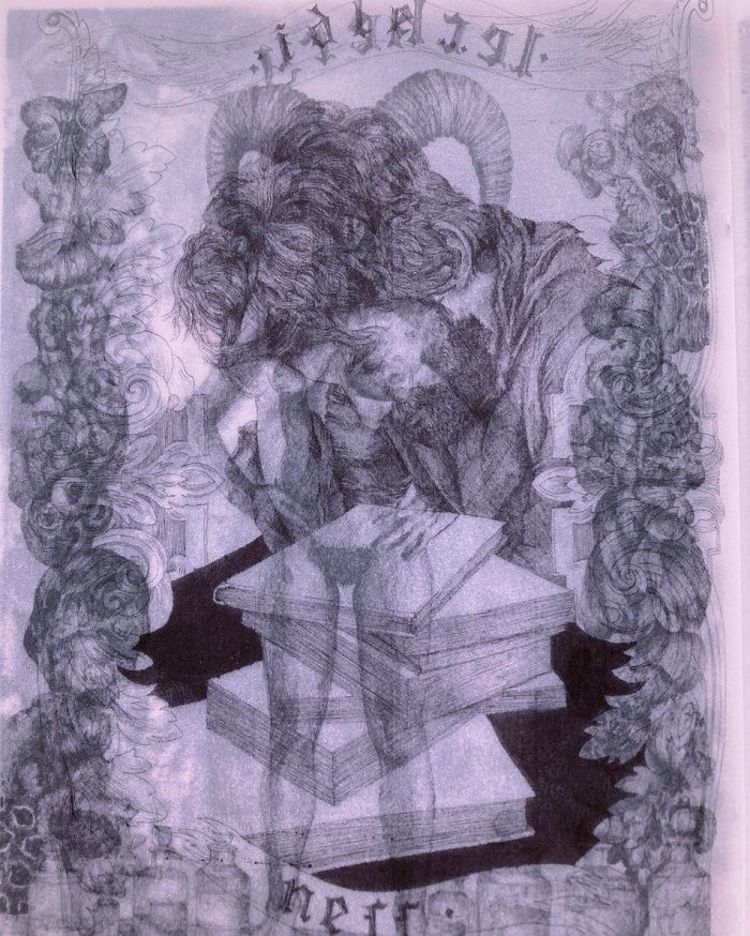

Hope for the humanities
Nashe's own experience of freelancing during periods of epidemic plagues led him to depict resilient characters in tough physical, financial, and emotional situations. Nashe's writing frequently asks: 'what are you going to do about forces which are outside of your control?', as Andrew Hadfield (Sussex) explains in the following clip from the 'Precarious World' podcast:
In this clip from episode 5 from 'the Precarious World of Thomas Nashe', Andrew Hadfield (Sussex) explains that Nashe's writing repeatedly asks what one can do in the face of uncertainty.
In this clip from episode 5 from 'the Precarious World of Thomas Nashe', Andrew Hadfield (Sussex) explains that Nashe's writing repeatedly asks what one can do in the face of uncertainty.
Precarity is a state of mind as much as it is an economic situation. It has been demonstrated that continuous precarious or 'atypical' employment has a negative effect on mental health (Irvine Rose, 2022). In the following clip from 'My Useful English degree', Newcastle graduate Lucy Shields talks about her experience of being furloughed from a hard-won job during the pandemic and the emotional resilience needed when pursuing the more popular career choices in the arts:
In this clip from our webinar about careers with an English degree, Lucy Shields (an arts marketing and communications consultant) describes the resilience needed for a creative career.
In this clip from our webinar about careers with an English degree, Lucy Shields (an arts marketing and communications consultant) describes the resilience needed for a creative career.
For students wanting to study English at university today, it can feel like there are a number of 'external forces' trying to dissuade them, not least the current government's culture war on the arts and humanities. A lot of this derives from a misunderstanding that employers actively prefer STEM graduates. In truth, as a recent report by the Higher Education Policy Institute demonstrates, a humanities degree is more valuable in our rapidly changing information economy: '[E]ight out of the ten fastest growing sectors employ more [arts and humanities] graduates than other disciplines'. These employers want graduates with 'a firm foundation in critical thinking, independent research skills and sophisticated linguistic and textual-information handling, coupled with advanced communication skills' all of which 'takes years to develop and cannot be quickly back-filled' by in-house training programmes. (The Humanities in the UK today: what is going on?', HEPI, 30th March 2023, p.8.)
The HEPI report's findings were borne out by the graduates who spoke at our careers webinar, jointly run with the English Association on 13th February 2023. In the clip below, Rachel Pratt (conversation designer for AI company Nuance, recently acquired by Microsoft) explains the benefits of a humanities degree to working in the tech industry:
Rachel Pratt, who works as a conversation designer for AI company 'Nuance', talks about why tech companies want humanities graduates, and to choose the subject that you enjoy.
Uncertainty about the future might even be a cause for optimism, as Pratt explains:
" I think there will be jobs in 5 or 10 years that we probably don't even know exist yet; I had no idea my job was a 'thing' in my third year [of the degree] or Masters even, so don't be worried if you don't know exactly what you want to do, there are so many options out there. My advice would be just to go into things being curious, and be prepared to give it a go, and who knows what you'll end up doing."




Careers resources, created in collaboration with the English Association:

Nashe project team
Thanks to the original 'Nashe Project' team and to everyone else who has joined us along the way: Jennifer Richards, Andrew Hadfield, Joseph Black, Cathy Shrank, Kate De Rycker, Kirsty Rolfe, Rachel White, Archie Cornish, and Laura Breckon.







